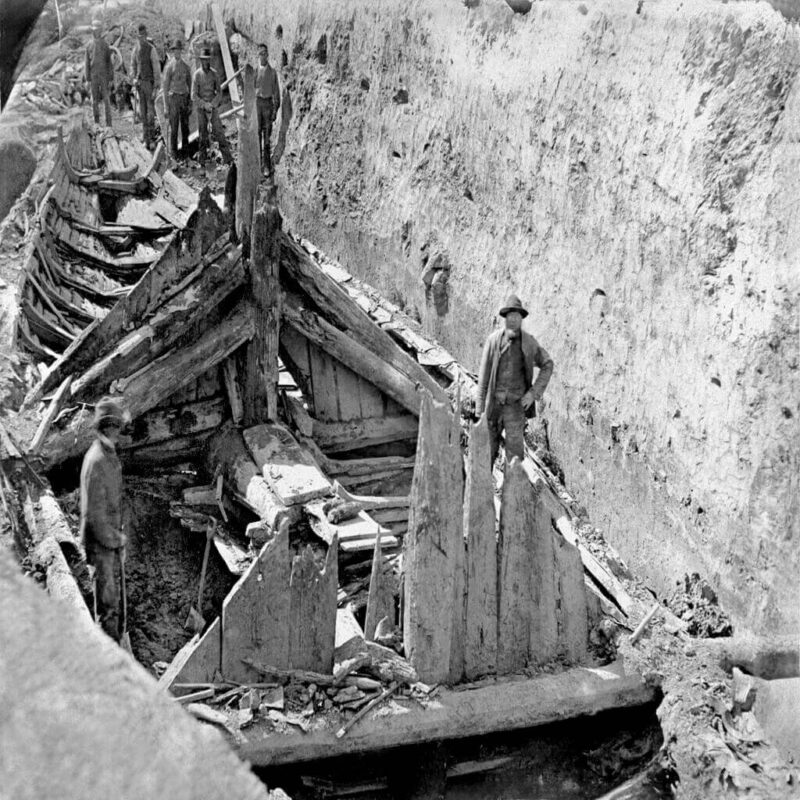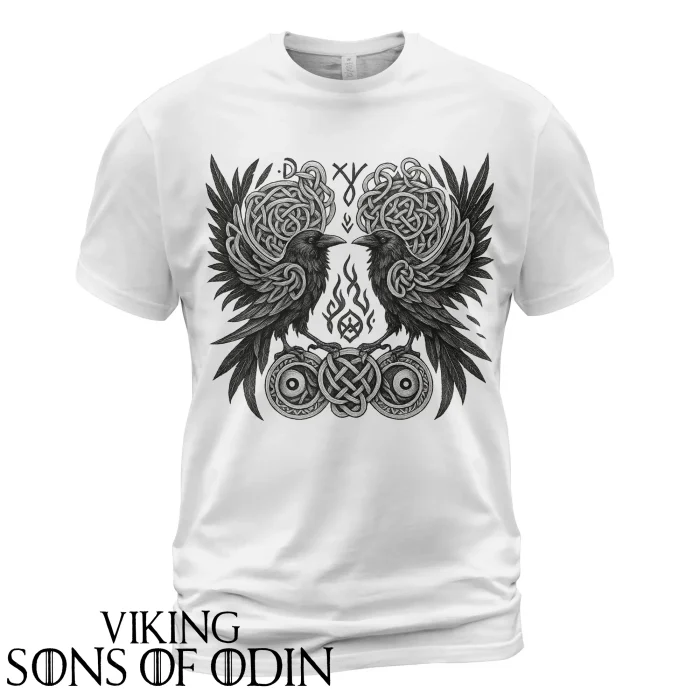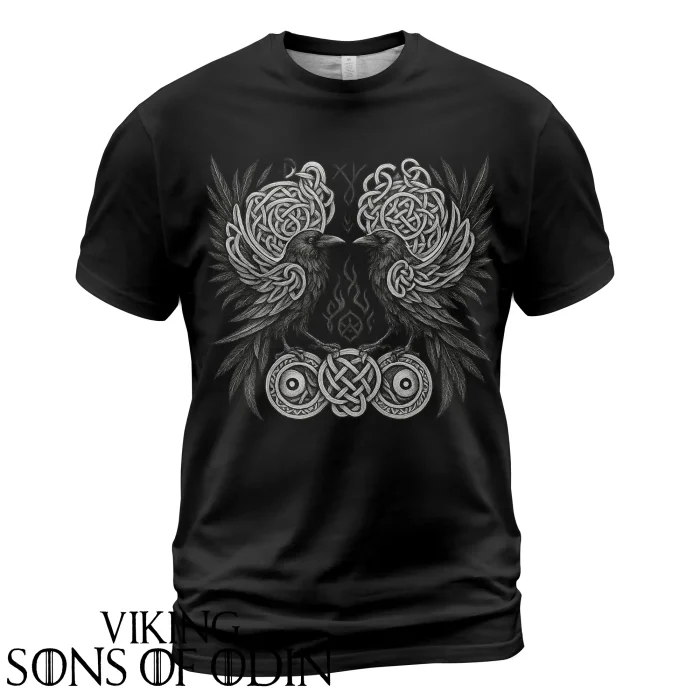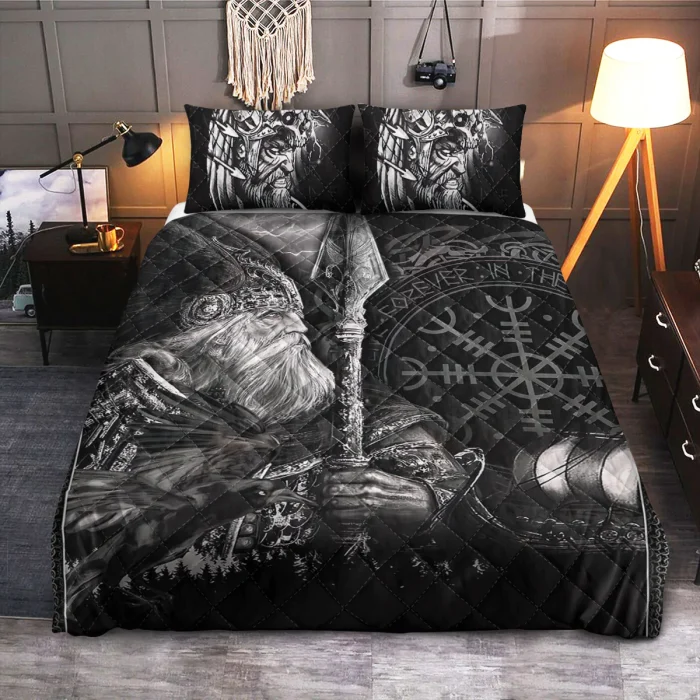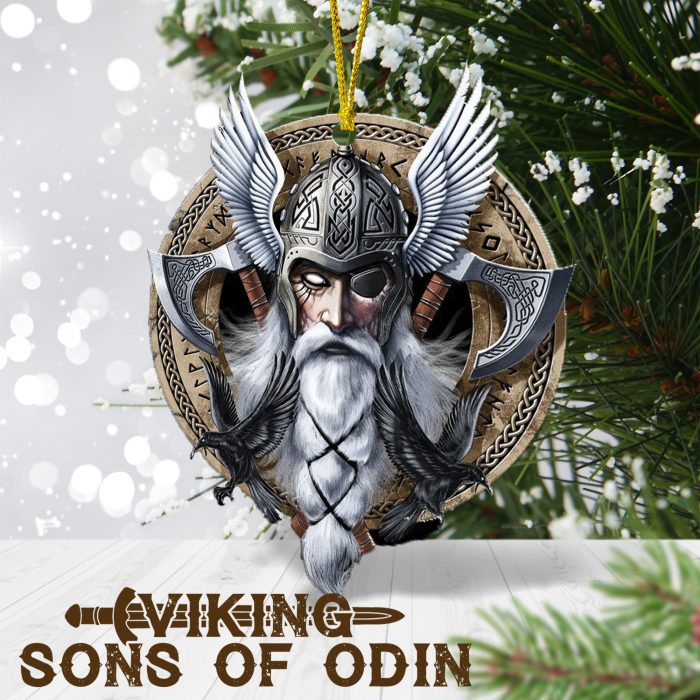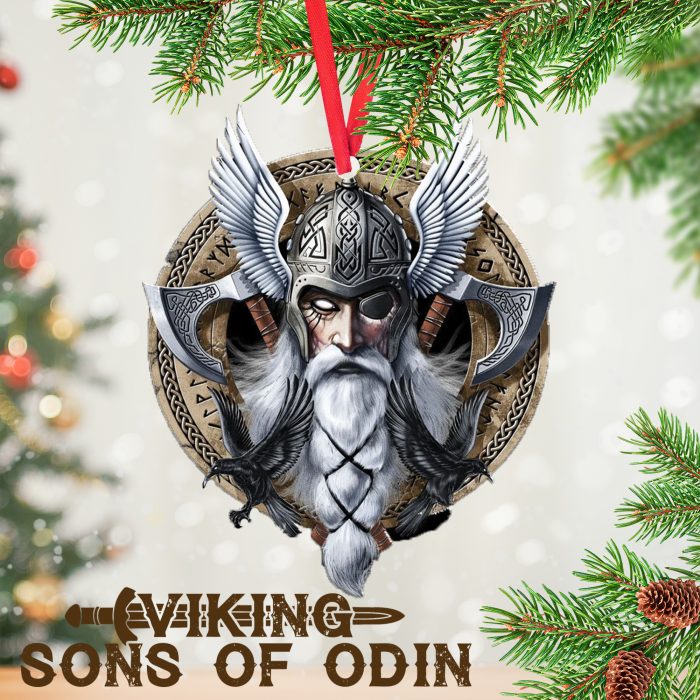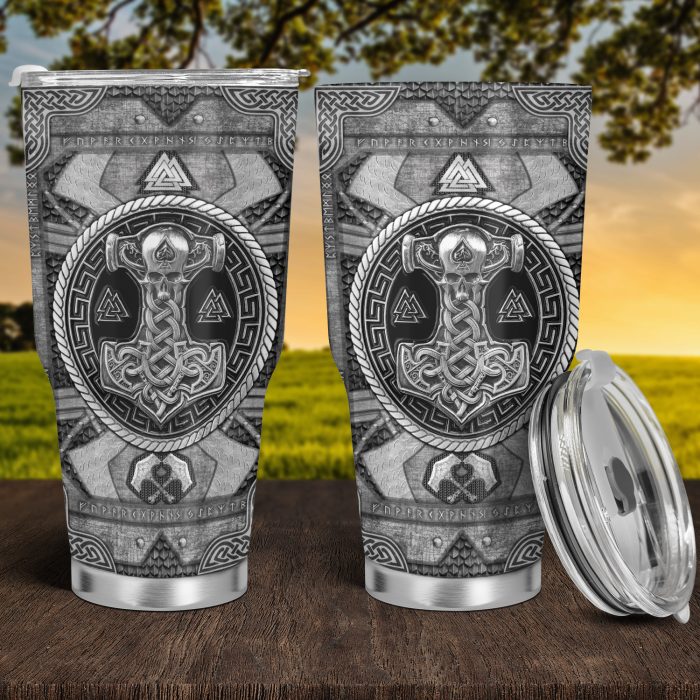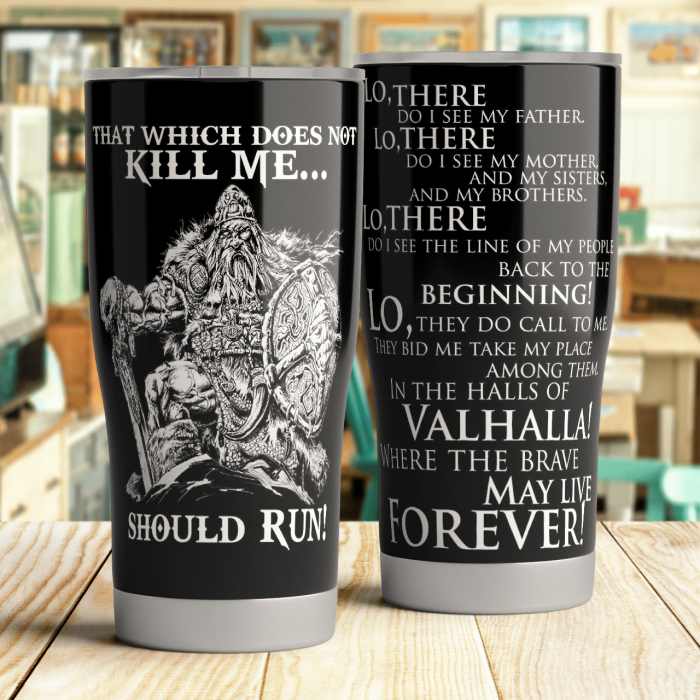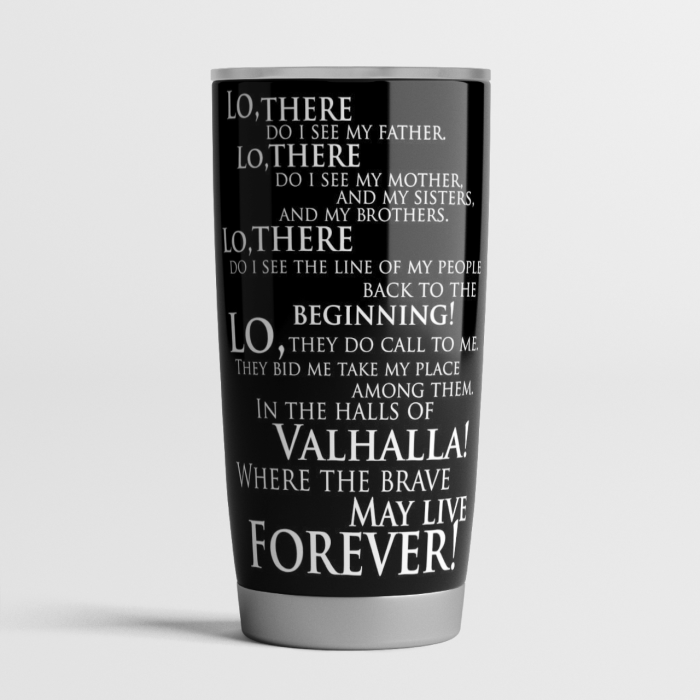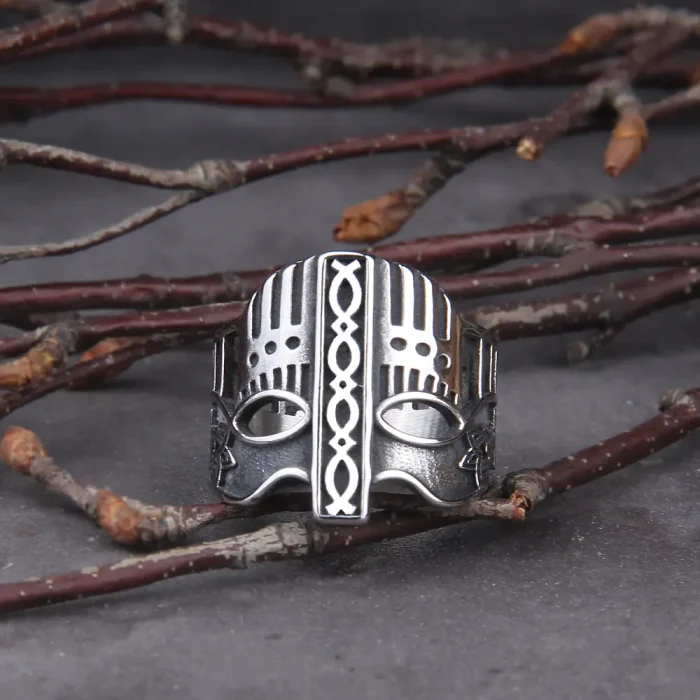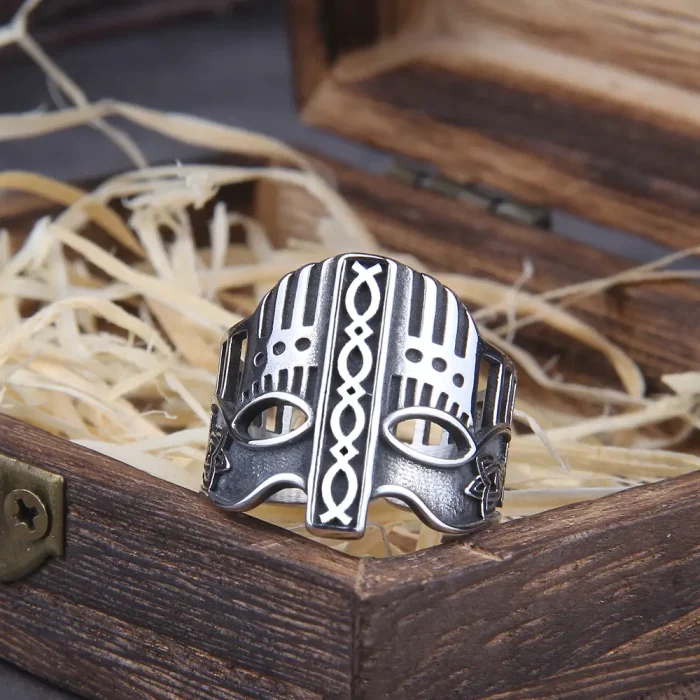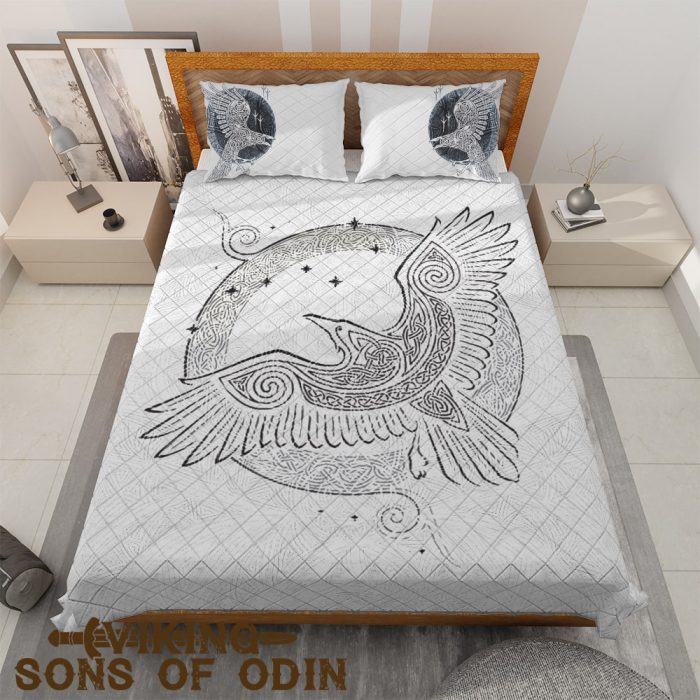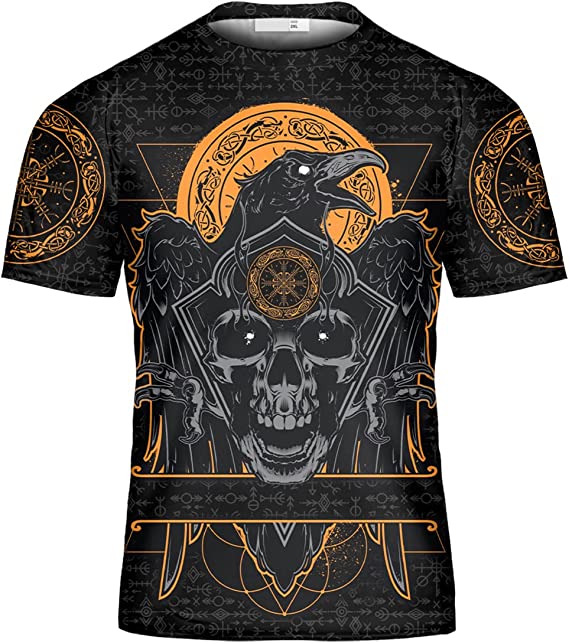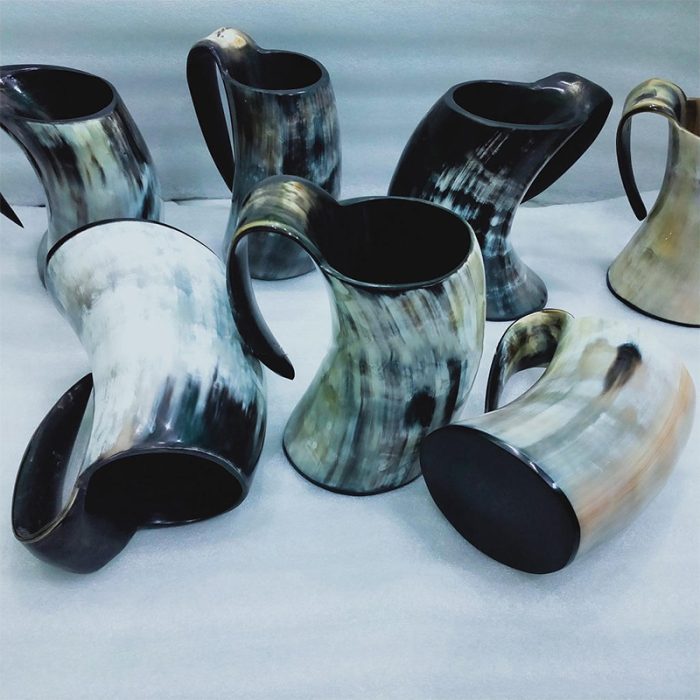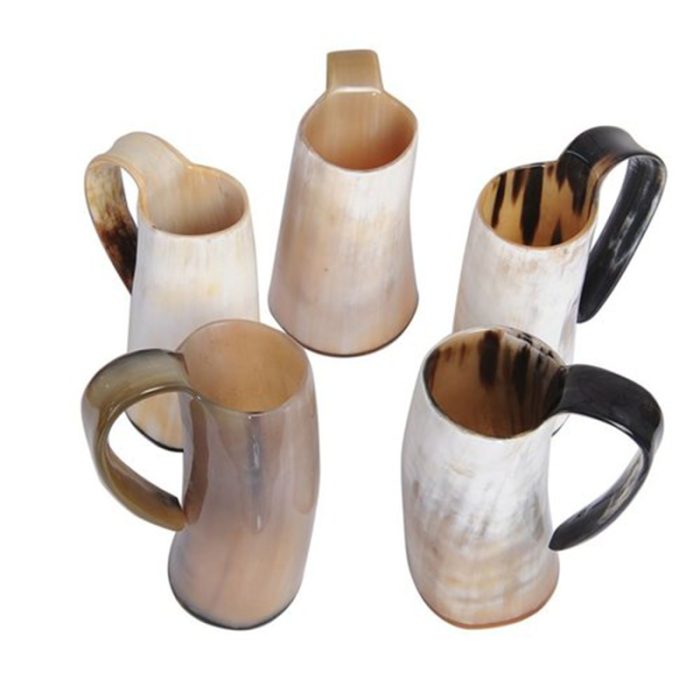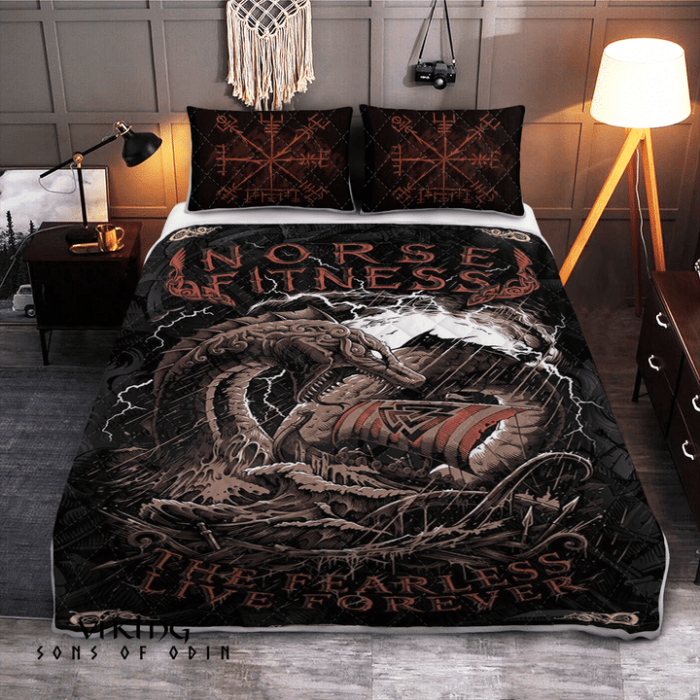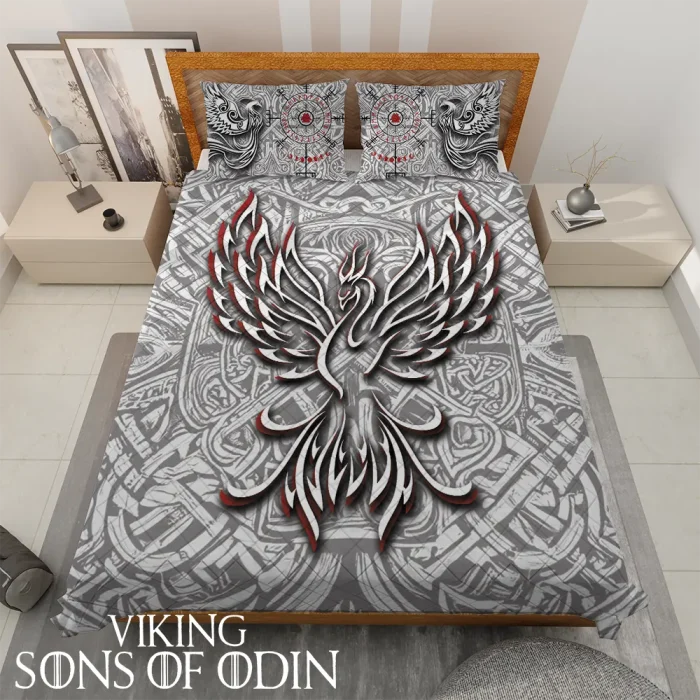Viking
How were vikings shields constructed?
Whenever we think about Vikings and their way of warfare, the first things that come to mind are axes as their preferred way of weaponry. Secondly, we probably think about the practices of defending against those axes. We think about shields. And not just any shields, our fellow Vikings. We are talking about large round shields painted in various vibrant colors that, back in the Viking age, made a huge difference between life and death. And that is what we are going to talk about today. We will explore anything there is to know about Viking shield construction, size, color, usage, and pretty much anything else that leaps into your mind.
VIKING SHIELD CONSTRUCTION – EVERYTHING YOU NEED TO KNOW?
There are many different theories about how Vikings constructed their shields since sources from the Viking age somewhat differ regarding the construction of shields. For example, sagas say that the Viking shield was made of linden wood, which is at the same time light, yet firm and flexible. Vikings considered shields to be objects of high importance. Therefore, their 10th-century revision of the laws defines how a Viking shield should look in great detail.
These laws suggested that a shield should be made of thin layers of planks, carefully glued next to each other. When talking about Vikings and their ways of weapon-making, you should probably bear in mind that our idea of glue is quite different than it used to be back in the day. Although we cannot say for sure what was exactly the glue of choice for our Viking ancestors, it was presumably some form of a natural adhesive material such as slaked lime or casein glue that has proven to be more than an efficient way of attaching two objects.
After they are glued together well enough, the planks would then be supported from one side of the shield. In order to secure the shield additionally, two or more pieces of iron were nailed directly into the back of it. While the frontal planks were used as a protection, the planks on the back served mainly as support.
In the middle of the shield was a domed shaped ”boss” which was made of iron. Those shield bosses had the purpose of protecting the gripping hand, which was positioned directly behind the boss. The boss and the grip were positioned that way in order to shelter the exposed hand to incoming arrows.
The edge of a Viking shield should also be secured with multiple iron nails for both practical and aesthetic reasons. While the planks were may paint in various tones, the edge of a shield was held in its original metal color. And aesthetically speaking, it made a lot of sense for it to be that way. Since the planks made 80% of the shield, their colors were the first things a person would see.
After that, the first side of the shield would get a linen or leather facing, which would then tighten together and make the shield stronger, and the wood would be more pressed. It was usually around 15 cm in diameter, and the first shield bosses were more semi-spherical while the later ones were generally flatter. Shield boss is also one of the defining parts of Viking shields. The diameter of the shield was adjusted to the warrior using it. Typical Viking shields were between 80 and 90 centimeters in diameter, but both larger and smaller were found. The largest that were found were from Gokstad shields, which were just shy of the meter in diameter (more on that later), and the smallest was 70 centimeters in diameter.
The problem is, none of these theories is supported by archaeological evidence. The archaeological evidence mostly suggests that the common Viking shield was made from pretty much any wood that Vikings could find. The most common one was pine since it was very easy to obtain, especially in Scandinavia.
You may wonder how come there is a difference between archaeological evidence and written laws and stories. Well, the rules and sagas were probably picturing a perfect shield, a shield without a flaw. In real life, there was no centralized manufacturing of the shields. In most cases, the soldiers made shields for themselves. Most of them were poor people who could only afford simple shields constructed of simple wood without much craftsmanship.
WHAT IS A VIKING SHIELD MADE OUT OF?
As we have covered already, the main ingredient used in the production of a Viking shield was wood. Although wood was the material that covered most of the shield, two small iron pieces called the grip and the shield boss were just as important.
On one side of a shield was a small shield boss, which was connected to the grip on the other side of the shield. The main purpose of both the grip and the shield boss was to hold all the pieces together and therefore provide proper support for the entire wooden shield. Having that said, it makes sense why some would even go further and call these two connected pieces the ‘weapon glue’. The grip was the less visible part of the shield since it was a place where a shield was held during combat.
The most common wood that was used was pine, but there are many surviving shields that were made out of spruce and fir. Along the way, Vikings realized that it is much more effective to make their shields out of plywood than the whole pieces of a tree. They chopped wood into small pieces and then glued it together, creating plywood that was proven to be much more resistant against all cold weapons.
As we have already said, some text implied that shields should’ve been made from linden wood also known as the basswood), but those are probably just idealized versions of a shield. If there were those shields in practical use, they didn’t survive to modern times.
Leather or linen that covered the front side of the shield was made of animal fur, which was easily obtained in the Viking age.
Shield boss was probably the only part of the shield that was always made of metal (iron, to be precise) since that was the part of the shield that was used for protection of the hand from the incoming axe and sword hits, as well as the protection from the incoming arrows. There are even theories regarding the Vikings‘ combat style that boss was also used as a tool for deflecting weapons during the fighting in the midst of battle.
DID VIKING SHIELDS HAVE METAL RIMS?
We have already concluded that the most important thing for the warrior in the Viking age regarding his shield was that the shield was practical and easy to use. Also, the important thing was that the shield’s manufacturing didn’t cost him a lot of money. Iron rims would make shields much heavier and less practical to use.
The heavier the shield, the less practical it was in the battle during the fighting. The second important thing is that the iron would make the shield more expensive. In truth, the shield rim was probably rimmed with leather as it was much lighter and cheaper, and it would serve a practical use of the rim, that is, to stop the edge of the shield from chipping after being hit by an axe or a sword.
GOKSTAD SHIP
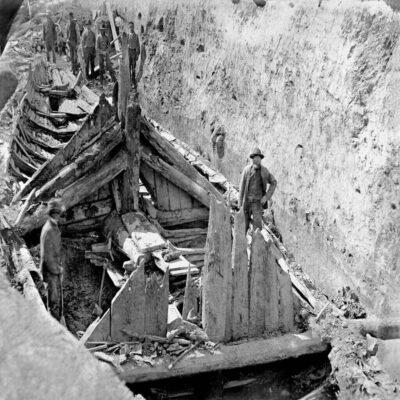
Gokstad ship is the best known and the best-preserved Viking ship, which survives to this day. It was found in a burial mound in Norway, and it served as a burial site for an unknown Viking noble. Alongside the remains of this ship, there were also the remains of 12 horses, six dogs, and one peacock, which were sacrificed during the burial. The ship was made for 32 oarsmen, so it was pretty large for Viking standards.
The interesting thing about this ship regarding our topic is that many wooden shields were found on its surface, some of which are preserved almost without a scratch. They were huge (94 cm in diameter), and those are the largest Viking shields that were found. The front side of these shields (the side facing the enemy) was painted yellow and black, and they were connected to the boat with several iron nails. They were made from several thin layers of planks, which were put together seamlessly.
These shields have many small holes that are spread on the side of the shield. These holes were probably used for steel clamps, which would be put on the side of the shield so it would be able to hold the leather facing checked on the front side of the shield. Although Gokstad shields did not have these leather parts themselves, there could be another reason for that, since those shields were made for burial mounds and not for fighting. This could also explain the extraordinary size of the shields. Round shields crafted for burials were probably a little more extravagant than the round shields which were used for fighting.
Also, when compared to some other examples of Viking shields, Gokstad shields (even though pretty large in diameter compared to other shields found) were pretty thin when compared to other Viking shields and were easily splintered if they would be hit in the actual battle. This could tell us one of the two things about those concrete shields. The first thing is that there was leather covering on the front side of the shield, which gave it strength. Still, it didn’t survive the time it was stored. It is not found on the shields. The second possible explanation is the one that we already gave. That is that those shields, being crafted for burial, were just crafted to look impressive and were not going to be used in the actual battle. Therefore, everything which came into the crafting of the regular Viking shield did not come across during the making of the shields of Gokstad; therefore, it does not represent the actual nature of the shields used for warfare in the Viking age.
RELATED: STAINLESS STEEL VIKING SHIELD NECKLACE
WHY DID VIKINGS PAINT THEIR SHIELDS?
The paint that was used on the front side of the shield was usually there for decorative purposes, but it was also used for two other very important reasons.
For example, many colors today have a certain symbolism in combat (the most famous one being white, which symbolizes surrender); likewise, the Vikings‘ shields painted in red are used to symbolize determination, aggression, and bravery. Additionally, the color of a shield could represent belonging to a particular Viking clan or the allegiance to a certain jarl.
But these are not the only reasons Vikings used to paint their shields. The other reason for bringing colors to the combat was of a rather practical nature. Many shields would go through a lot of battles. Usually, in every battle, a shield would get a few thin scratches and hit marks. Those marks would be a perfect target for enemy soldiers to hit them with their weapons. A weak point in a shield could make a difference between life or death, so a coating of color over those weak points effectively concealed them from the enemy and gave the Viking warrior a better chance of surviving the combat.
SHIELD WALL DURING THE VIKING AGE
Due to lack of resources, on movies and television, we usually see only a couple of actors creating what Vikings used to call a shield wall. However, research has shown that these screened shield walls were too thin to last more than several minutes. So for those who were wondering how the actual Viking shield walls resisted the attacks, we will try to reveal the truth about how these types of combats actually unfolded.
Images of shield walls have been painted all throughout history. Eventually, many things changed about this formation. For example, there were variations on how one held their weapon and shield, how they would use their axes, how they were positioned within the wall. But in the end, we can say all these different cultures had the same vision in mind – the idea of using only one barrier to both fight the enemy and protect themselves from it.
During many centuries, the shield wall was one of the most remarkable military tactics. It has shown itself not only to be an excellent defense against the attack but beneficial to soldiers even after the combat. A shield wall can be defined as a formation of soldiers standing close to each other when their shoulders are touching, and their shields are lifted and connected in order to leave as little space as possible. Naturally, once one soldier lowers his hand even a little bit, he is risking both his and his shield wall neighbor’s life, and soon enough, an entire formation will be vulnerable to the enemy’s weapons.
Many historians and psychologists believe that fighting side by side a shield wall has also shown itself to be beneficial to soldiers’ morale, solidarity, and respect for one another.
Back in ancient history, there were many documented examples of this tactic. Persian sparabara, commonly known as shield-bearers, was a powerful army formation that could defeat almost any enemy standing in their way. Persian shields were long and square, and they could cover up to three-quarters of a soldier’s body. The purpose of sparabara was not only to protect the shield bearers but also the archers in the back, who’d wait their chance to attack.
Just like the Persians, ancient Greeks had a famous shield wall formation of their own. Primarily armed with nothing but spears and shields, hoplites were well-known for their good use of defense methods against the enemies. Although back at the beginning of ancient times, hoplites weren’t as equipped as other Greek military formations, later versions of this unit probably wore something similar to an armor suit.
Compared to the kind of shield wall favored by Greek hoplites, ancient Roman walls were rather extreme. Roman legions were famous for their so-called testudo formation, whose shield wall was closed from all four sides. Shields in the first and the last row were held higher than shields on sides since their main purpose was to cover the entire formations. Soldiers on the left and right were uncovered up until the moment of battle, and then they would swiftly fall back into the formation, closing the last two walls. Although warriors in testudo formations would stand so firmly, as if they were sealed with glue, they were significantly less mobile than other shield wall units at the time.
However, after analyzing the types of weapons Vikings used, many archeologists came to the conclusion that Vikings probably didn’t form such close shield wall formations. The chances are that Vikings were better as individual fighters than they operated in close units. Unlike Romans, Vikings used round heavy shields that were probably more handy as protection during the offense. Their formations were very mobile, and their attacks aggressive. So truth be told, static shield wall used as a defense was Vikings’ last resort.
Viking military tactics researchers decided to do an experiment, simulated combat in which they were using credible replicas of Viking shields, axes, and swords. Expectedly, the experiment has shown that TV versions of Viking battles were far from the truth. In a passive wall, Viking round shields were simply too weak to sustain multiple attacks, whether it was a spear, an axe, or a sword they were protecting the soldier from. Viking shield’s effectiveness in an active fight, however, was proven to be more than successful.
Another proof that a static shield wall is no more than fiction when talking about the Vikings is that there is no reference to such a tactic in any of the Norse sagas. Shield walls are mentioned in several poems and mythical stories, but more as a poetic idiom than as the actual tactic that took place during the battle.
However, sagas do mention the looks of all the Viking shields in great detail, so why is it that there is a description of such a symbolic way of fighting with them?
Just like the ancient Persians, Romans, and Greeks, Vikings continued to put their weakest or newest warriors right in the middle of the shield wall. This method has proven itself to be more than effective against the enemies, whether their weapon of choice was a sword, spear, or axe. The center of a shield wall would typically be exposed the most during the attack, and therefore it was supported the most by warriors from the back. While soldiers from the left and right side of the wall would focus themselves on moving forward, the center of a wall would slightly move backward, luring the enemy inside. Shield wall defense would last up until the right opportunity for the offense would occur. Then, the soldiers would close the circle and easily defeat the already significantly weakened enemy.
Research has shown that although these shield walls may have proven themselves to be resistant against ancient style weapons, they would quite likely be useless during the Viking era.
Although much lighter and thinner, shields are still in use. They are commonly known as riot shields used by most police and military organizations worldwide. These shield wall formations are rather used for protection against rioters than they are meant for the actual combats.
CONCLUSION
As you can see, fellow sons of Odin, not everything we hear on television can be fully trusted, especially when it comes to Vikings and their way of warfare. Viking shields, their looks, and endurance have been the subject of various stories, poems, movies, and series for more than ten centuries. While some tried to diminish their importance, others boldly idealized it to the point where they couldn’t separate the facts from fiction. In times like these, it is important to remember that knowledge is your greatest weapon and your strongest shield that will protect you from any misinformation about your Viking ancestry.
Until our next meeting,
Skål!
Source: Wikipedia

